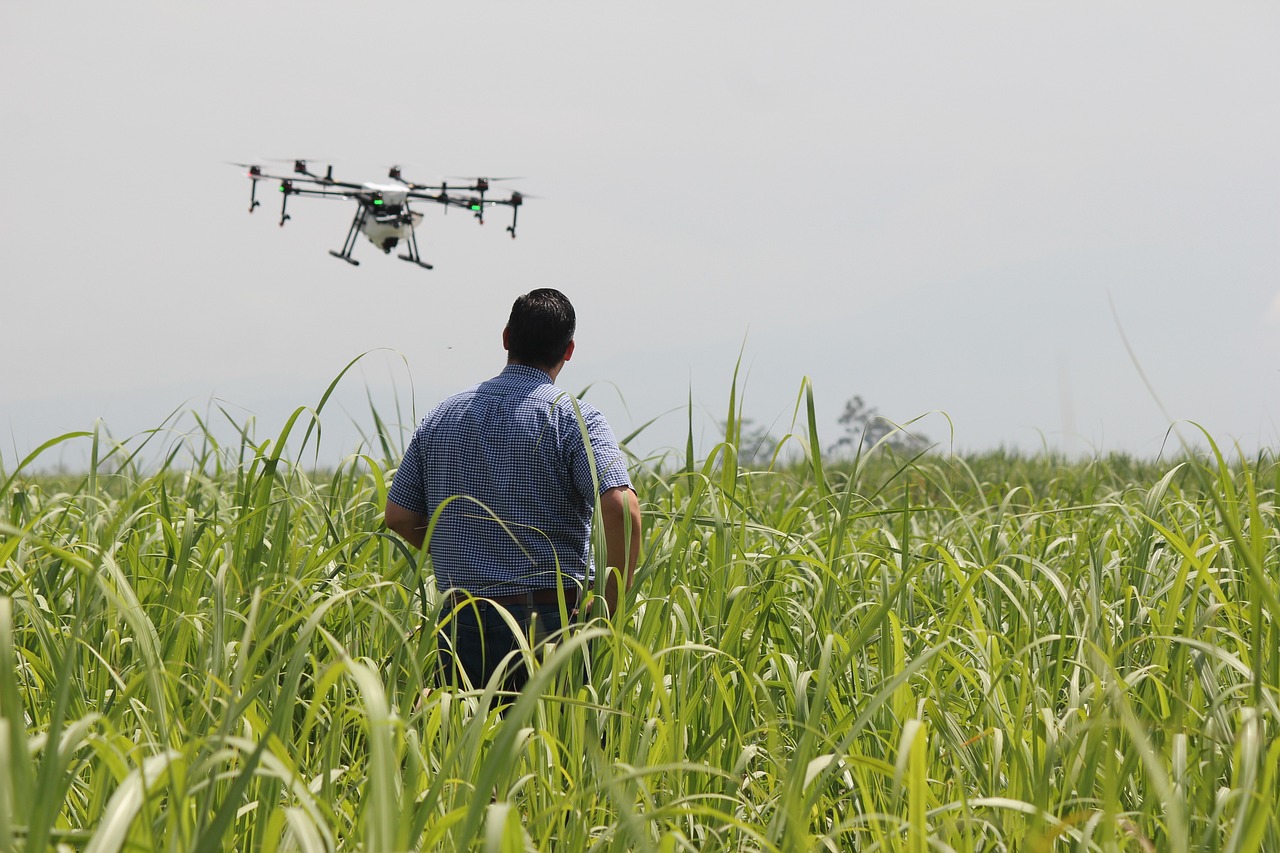This post may contain affiliate links which means I may receive a commission for purchases made through links. Learn more on my Private Policy page.
Welcome to an article that will guide you on how to incorporate variable rate irrigation into your farming practices. By utilizing this innovative technology, you can optimize water usage, enhance crop yield, and ultimately increase your farm’s profitability. With variable rate irrigation, you have the ability to precisely adjust water application based on specific field characteristics, resulting in more efficient use of your resources. Learn how to implement this advanced technique into your farming operations and see the benefits firsthand.
How To Incorporate Variable Rate Irrigation Into Your Farming Practices
Are you looking to improve your farm’s irrigation system? Have you heard about variable rate irrigation but are unsure how to incorporate it into your farming practices? In this guide, I will walk you through the process of incorporating variable rate irrigation into your farming practices, step by step. By the end of this article, you will have a better understanding of how to optimize your irrigation system for maximum efficiency and yield.

Understanding Variable Rate Irrigation
Variable rate irrigation (VRI) is a technology that allows farmers to vary the rate of water application across a field based on specific needs. By using data gathered from soil sensors, GPS, and other sources, farmers can create precise irrigation plans that take into account soil variability, crop needs, and other factors. This allows for more targeted water distribution, reducing waste and maximizing crop yield.
So, have you ever wondered how some farmers seem to have more productive crops with less water usage? Variable rate irrigation could be the key to unlocking this efficiency on your farm.
Benefits of Variable Rate Irrigation
The benefits of incorporating variable rate irrigation into your farming practices are numerous. By customizing your irrigation plan to meet the needs of your crops more precisely, you can:
- Use water more efficiently, reducing waste and conserving water resources
- Improve crop yields by providing the right amount of water at the right time
- Reduce input costs by optimizing water application and minimizing runoff
- Enhance soil health by avoiding overwatering in certain areas
By implementing variable rate irrigation, you can take your farming practices to the next level and achieve better results with less effort.

Getting Started with Variable Rate Irrigation
Now that you understand the basics of variable rate irrigation and its benefits, let’s dive into how you can get started with incorporating this technology into your farming practices.
Assess Your Farm’s Needs
The first step in incorporating variable rate irrigation is to assess your farm’s needs. Consider factors such as:
- Soil type and texture
- Crop types and planting patterns
- Existing irrigation infrastructure
- Water availability and quality
By understanding your farm’s specific requirements, you can tailor your variable rate irrigation plan to meet those needs effectively.
So, before diving into variable rate irrigation, take some time to evaluate your farm and identify areas where improvements can be made.
Invest in the Right Equipment
In order to implement variable rate irrigation on your farm, you will need the right equipment. This includes:
- Irrigation controllers with VRI capabilities
- Soil moisture sensors
- GPS technology
- Data management software
Investing in high-quality equipment is essential for the success of your variable rate irrigation system.
So, before moving forward, make sure you have the necessary equipment in place to begin incorporating variable rate irrigation into your farming practices.
Develop a Comprehensive Irrigation Plan
Once you have assessed your farm’s needs and acquired the right equipment, it’s time to develop a comprehensive irrigation plan. This plan should outline:
- Irrigation schedules based on crop water requirements
- Variable rate application maps for different areas of the field
- Trigger points for irrigation based on soil moisture levels
- Monitoring and data collection protocols
By creating a detailed irrigation plan, you can ensure that your variable rate irrigation system operates efficiently and effectively.
So, take the time to map out your irrigation plan, considering all the factors that will impact water application on your farm.
Implement and Monitor Your System
After developing your irrigation plan, it’s time to implement your variable rate irrigation system. This involves:
- Installing sensors and GPS equipment in the field
- Setting up the irrigation controllers to operate in VRI mode
- Monitoring soil moisture levels and crop performance
- Making adjustments to the irrigation plan as needed
By closely monitoring your variable rate irrigation system, you can identify areas for improvement and make real-time adjustments to optimize water application.
So, once your system is up and running, be sure to monitor it regularly to ensure that it is operating effectively and efficiently.

Conclusion
Incorporating variable rate irrigation into your farming practices can have a significant impact on both the efficiency and productivity of your farm. By customizing your irrigation plan to meet the specific needs of your crops, you can use water more efficiently, improve crop yields, and reduce input costs. With the right equipment, a comprehensive irrigation plan, and regular monitoring, you can successfully integrate variable rate irrigation into your farming practices and reap the benefits of this advanced technology.
So, if you’re ready to take your farm to the next level, consider implementing variable rate irrigation and see the difference it can make in your crop production.
This post may contain affiliate links which means I may receive a commission for purchases made through links. Learn more on my Private Policy page.
